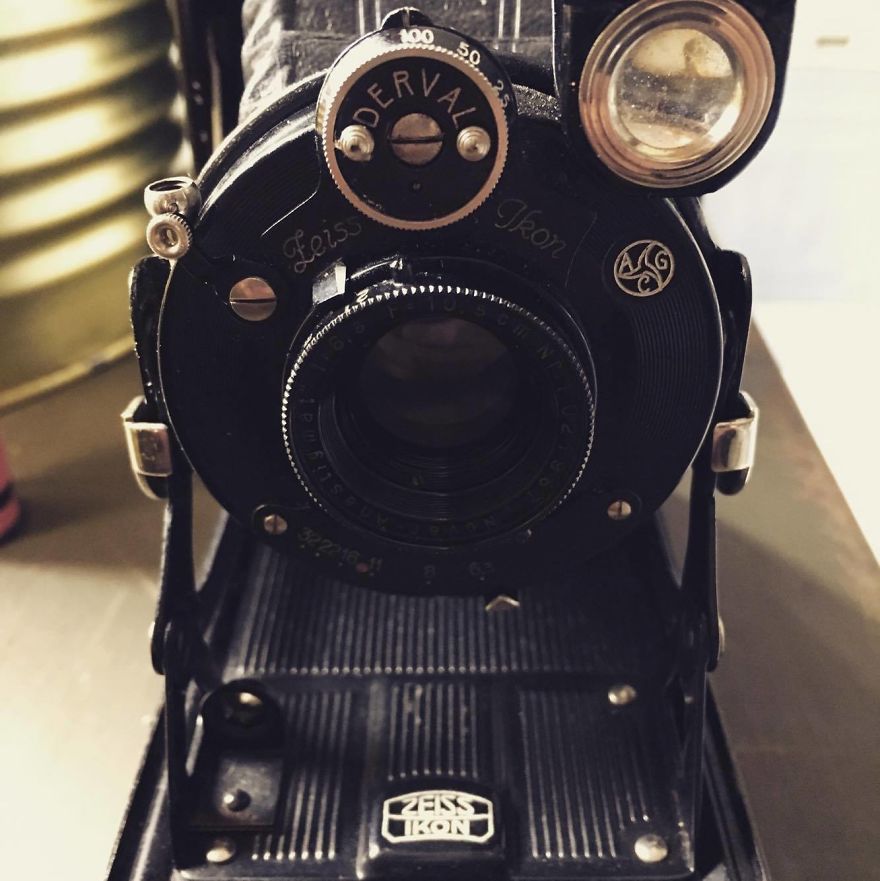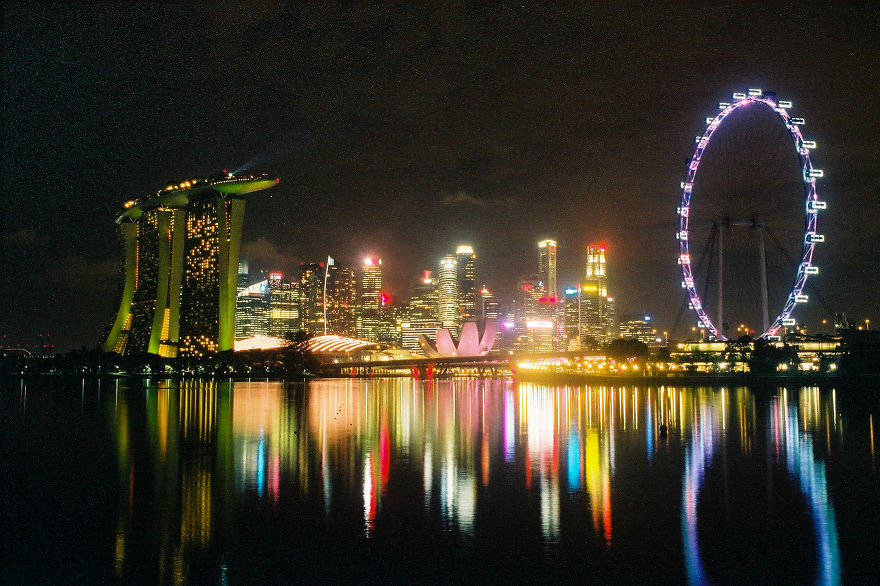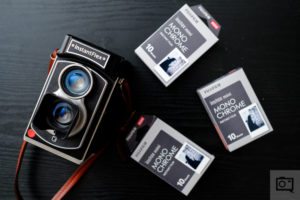
Visiting Peru, specifically Manchu Picchu, was something I wanted to experience ever since I wrote a school report on it in the fourth grade. The idea that there was a civilization of Incans living in the mountains hundreds of years ago, having such a thriving existence was extremely mind-boggling for a young boy growing up in the suburbs of Chicago.
A different civilization from mine, living not only in the jungle but the mountain jungle made me want to visit and see what it was all about.
For such a special trip I decided to pack not only my regular travel camera gear but also my Panon 120 camera
Fast forward about 50 years, when my wife and I were planning on going to see Machu Picchu and other areas of Peru. Our trip would take us to Lima first – we'd then take the train to Cusco for a few nights, then onto Machu Picchu. My wife thought it would be great to splurge, and she found Belmond Sanctuary Lodge just a few hundred feet from the gates of the park. It was considerably more expensive than staying down in Agua Caliente and taking the bus up to Machu Picchu, but we bit the bullet and did it. Photographically, the decision was well-worth the price.
The medium format panorama camera Dan lugged to Machu Picchu.
For such a special trip, I wanted to make photographic memories unlike those I'd seen before. I decided to pack not only my regular travel camera gear but also my Panon 120 camera, as I thought it would be great to get some panoramic shots of Machu Picchu. It would also be fun to shoot some 120 film. I took ten rolls of film to shoot specifically at Machu Picchu, five rolls of color and five rolls of black and white.
The camera produces six approximately 2" x 4 3/8" images on a 120 roll of film.
Let me give you a little background on the camera and how it operates. It was made by the Showa Company, which was started by Nakayama Shozo in 1952 in Tokyo, Japan. Showa's best-known camera is the Widelux cameras, which began in 1958 and is, in my opinion, the standard in 35mm panoramic cameras.
The Panon is kind of a beast to use. It weighs in at 2. 2kg (4. 9lb) with the case. It measures 16cm wide (6. 5") x 14cm tall (5. 5") x 11cm deep (4. 5"). On top of the camera are the main controls, the shutter speed dial, the shutter release, pop-up viewfinder, bubble level and winding knob. There is also a diagram of the angle of view you see printed on the top.
The camera comes with a 50mm F2. 8 Konishiruku Hexon lens that rotates from the left side to the right when it is cocked and ready to go. To operate the camera, you manually pull the lens to the left, set your shutter speed, and pull up the pop-up viewfinder to get the approximate view. I always check the angle on the top before I press the shutter button. You have three speeds to choose from when shooting: 1/200, 1/50, and 1/2 sec. The aperture settings are inside the lens area, and you manually set that by rotating the dial from F2. 8 to F11. There's no meter, so you'll need to use an external meter for exposure.
The busses taking the tourists back to Agua Caliente leave at 4:00 pm and the park is almost empty from 4:15-5:30pm when it closes. It's magical.
Loading the film is a bit tricky. There's a film insert that you take out once you take the bottom of the camera off (see photos of it in the gallery at the end). This is held on with locking knobs. On the side of the film insert is a diagram with arrows showing the direction of the film. Once you load the film onto the insert, you pop it back into the camera and put back on the bottom cover. If the film insert is in upside down, the plate won't go back on the camera. I've done this several times while on the trip.
The camera produces six approximately 2" x 4 3/8" images on a 120 roll of film.
The park at Machu Picchu opens at 6:00 am, and people start to arrive by either walking up the trail or taking the bus from Agua Caliente at around 5:15 am. We got in line at around 5:45 am as there was a good crowd by then. We stayed for a while during the morning hours, then went back to the sanctuary for breakfast and rested. We headed back to the park in the afternoon.
Here is the best reason to stay at Belmond Sanctuary: The busses taking the tourists back to Agua Caliente leave at 4:00 pm and the park is almost empty from 4:15-5:30 pm when it closes. It's magical. You almost have the whole park to yourself and maybe 50 other people. You can sit and see the wondrous site or snap photos, all with virtually no people in the sight.
I think I got some pretty fantastic images and recommend you take a special camera when you visit a once-in-a-lifetime spot.
For more of Dan Cuny's analog work, head here.
Gallery
$(document). ready(function() { SampleGalleryV2({"containerId":"embeddedSampleGallery_9554772805","galleryId":"9554772805","isEmbeddedWidget":true,"selectedImageIndex":0,"isMobile":false}) });. dpreview.com
2020-9-25 16:00









